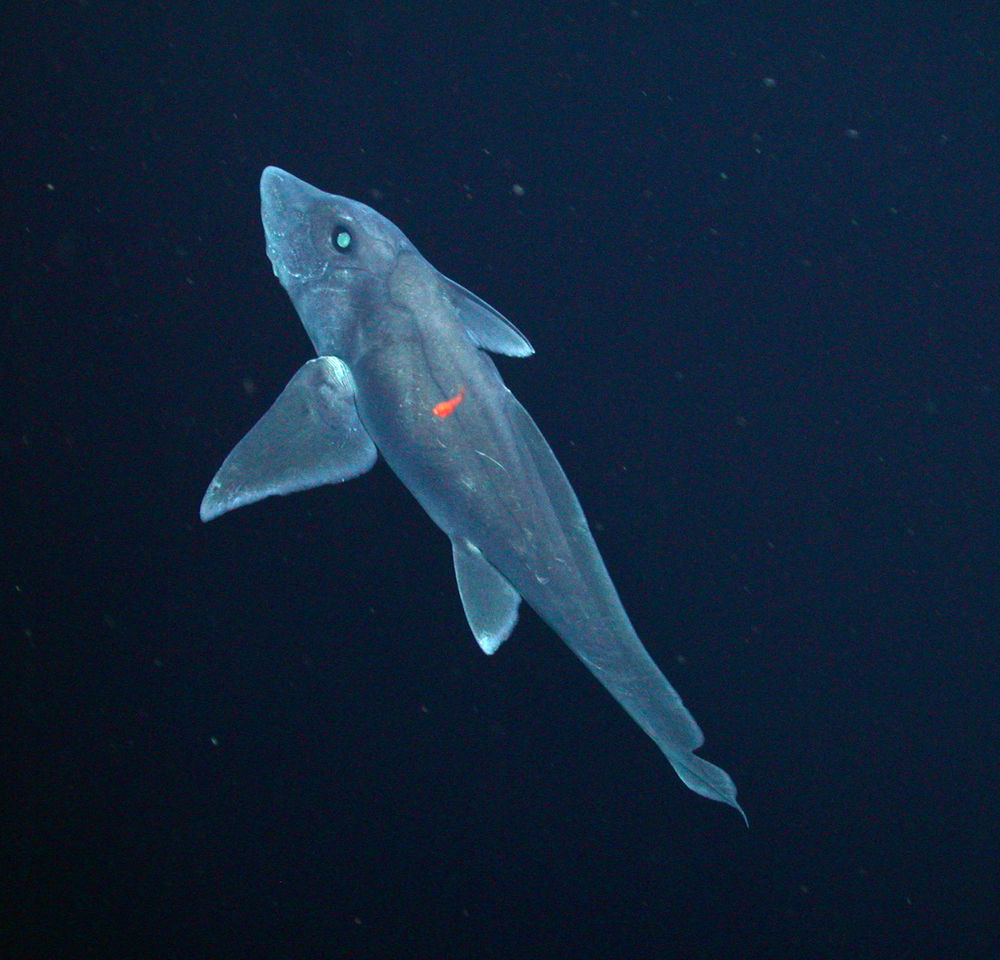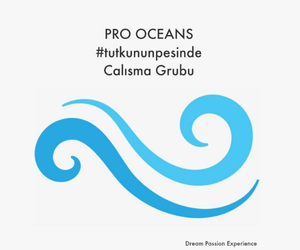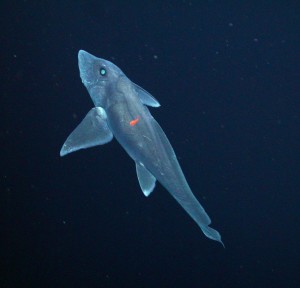Video of a rare deep-sea shark has finally been released almost six years after it was taken.
Scientists at California’s Monterey Bay Aquarium Research Institute recorded what is believed to be the first-ever video of a large, deep-sea “ghost shark,” also known as the pointy-nosed blue chimaera. Robby Berman, writing for slate.com, describes it perfectly: “It looks like what you’d expect if Oogie Boogie from The Nightmare Before Christmas went swimming.”
The team analyzed the video and now believe it’s a pointy-nosed blue chimaera (Hydrolagus trolli), a species previously found only near Australia and New Zealand, according to a recent study in the journal Marine Biodiversity Records.. In the MBARI story about the discovery, The Pointy-Nosed Blue Chimaera Really Gets Around, scientists note that this particular ghost shark was first described in 2002.
Little is known about chimaeras, which live around a mile-and-a-half beneath the ocean’s surface. Scientists have established that its reproductive organs are situated on its head, although they’re not sure why. If the researchers at MBARI are correct, this is the first discovery of this species in the Northern Hemisphere. Up until now, the pointy-nose blue chimaera was only found in the waters of Australasia.
We “can’t positively identify the ghost sharks in the ROV video without actually collecting one of them and bringing it back to the surface,” says the team at MBARI. “This is much easier said than done, because these fish are generally too large, fast, and agile to be caught by MBARI’s ROVs. If and when the researchers can get their hands on one of these fish, they will be able to make detailed measurements of its fins and other body parts and perform DNA analysis on its tissue.”
The team’s alternative hypothesis is that the fish in MBARI’s videos is an entirely new species of ghost shark.
“A little bit of dumb luck” led to the shark being filmed, Dave Ebert, program director for the Pacific Shark Research Center at Moss Landing Marine Laboratories, told National Geographic, which published the footage. The video is one of several made by the MBARI team, which encountered the shark several times.
Unlike well-known shark species, such as great whites and hammerheads, chimaeras don’t have hundreds of sharp teeth. Instead, they target much smaller, bottom-feeding prey, and crush them using the mineral plates they have instead of teeth.
Although they are rarely seen, the shark wasn’t at all camera shy, Ebert told National Geographic. “It’s almost a little comical. It would come up and bounce its nose off the lens and swim around and come back.”
Facts about Ghost Sharks
1. There are 38 recognized species of short-nosed chimaeras (family Chimaeridae).
2. Ghost sharks are also called rat fish, spookfish or rabbit fish.
3. Chimaeras live in temperate ocean floors down to 8,500 feet deep, with few occurring at depths shallower than 660 feet.
4. The females lay eggs in spindle-shaped, leathery egg cases.
5. Good fossils are scarce, but the order appears to have originated about 420 million years ago during the Silurian.
Source: Sport Diver





